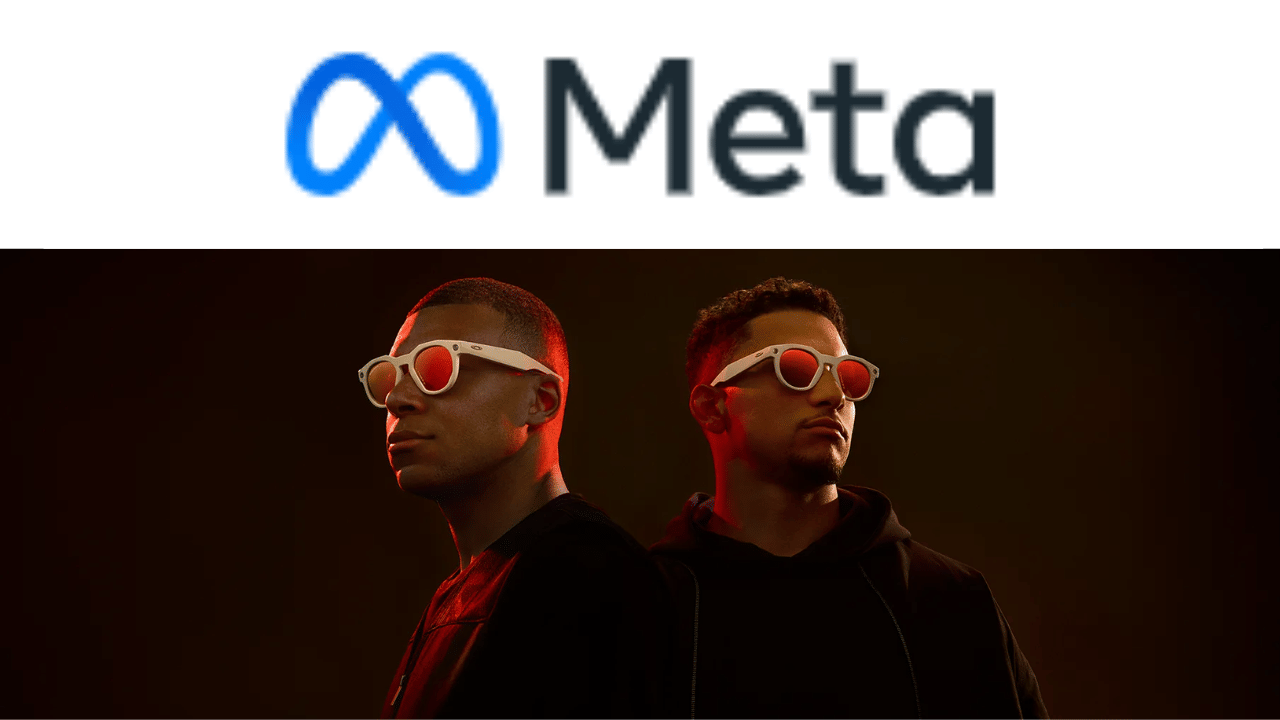New Delhi: Meta is moving closer to introducing its new smart glasses, called Hypernova. Mass production of the product is expected to start in the third quarter of this year, with shipments planned between 150,000 and 200,000 units over the next two years. The expected price for the glasses is around $800, giving them a two-year market cycle.
According to well-known tech analyst Ming-Chi Kuo, Hypernova Smart Glasses will not be a major product in terms of market share. Instead, it looks more like an experiment by Meta to test new technology in wearable devices. The glasses will focus heavily on AI functions, which the company believes could set the foundation for future innovations in the smart glasses market.
How the Hypernova glasses function
The Hypernove smart glass features a color display with limited features; it comes with 20-degree field views, while the display looks like a small window. The display can provide basic information such as text notifications. Along with a wristband, powered by sEMG sensor technology, which controls glasses by electric signals from reading hand movements. Even though Apple uses the same technology.
Drawbacks of Hypernova
Kuo pointed out that while AI is the main attraction of Hypernova Smart Glasses, combining it with augmented reality (AR) is still at an early stage. The high price of $800 may also limit how many customers are willing to buy the product. On the technical side, Hypernova uses LCOS technology, which faces challenges with design, brightness, response speed, and battery performance.
Meta is in a race with Apple
Meta’s strategy, however, goes beyond just selling a large number of units. The company wants to release Hypernova before Apple enters the same space, build a strong brand image, and learn more about how people use such devices. Gaining early experience with software and ecosystems is also part of the plan.
By taking these steps, Meta is trying to position itself as a long-term leader in the smart glasses industry. While the Hypernova may not become a mass-market success, it is a clear sign of where the company wants to go in wearable technology.
Inputs from Ahsan Khan
